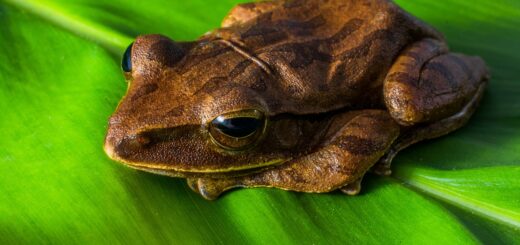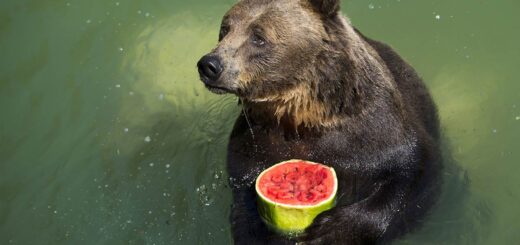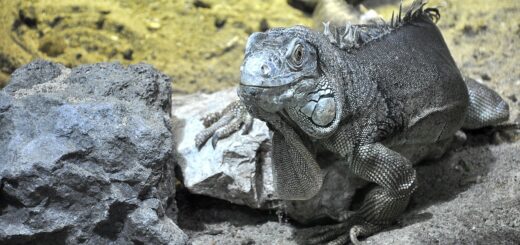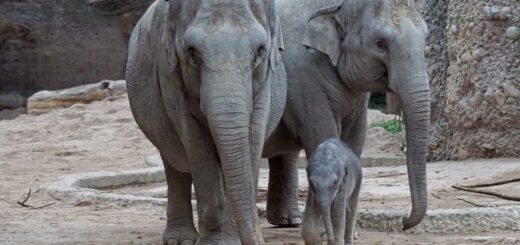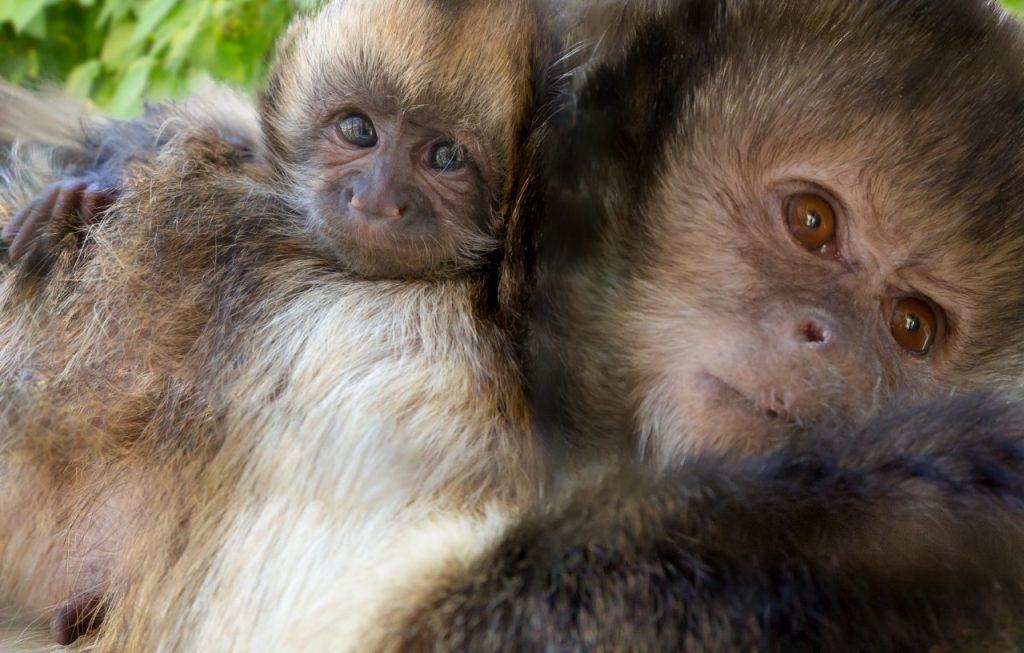Leadbeater’s possum: Nutritional and environmental challenges of captive possums in eight zoos
Citation
McWilliams DA, Atkinson J. 1999. Leadbeater’s possum: Nutritional and environmental challenges of captive possums in eight zoos. In Proceedings of the Third Conference on Zoo and Wildlife Nutrition, AZA Nutrition Advisory Group, Columbus, OH.
Abstract
Eight zoos participated in a retrospective study by providing diets, post mortems (n = 75) and management practices for captive Leadbeater’s possums (Gymnobelideus leadbeateri). Data was analyzed for correlation of common factors in the morbidity and mortality of captive possums. The results suggest nutritional factors common to most zoos which may play a role in the morbidity and mortality of captive possums are (1) excess energy intake relative to activity level (2) variable level and quality of dietary protein (3) dietary saturated fat intake (4) a potentially unbalanced dietary linoleic and linolenic fatty acid ratio and (5) a lack of complex dietary carbohydrates and dietary fiber. Common environmental factors that may contribute to the morbidity and mortality of captive Leadbeater’s possums include a lack of dense canopy and understorey, a lack of sufficient nest boxes and material, inappropriate housing of breeding pairs, inappropriate social groups and inappropriate lighting. Recommendations include an insect based diet similar to the diet of wild Leadbeater’s possums and a “work for food” system integrated with the provision of occupational opportunities. An environment designed to provide an appropriate social group and housing may be essential to reduce stress-related morbidity and mortality. This study emphasizes the important interrelationship of nutrition and environment when meeting the needs of captive animals.
 18_MCWILLI.pdf 125 KB
18_MCWILLI.pdf 125 KB



